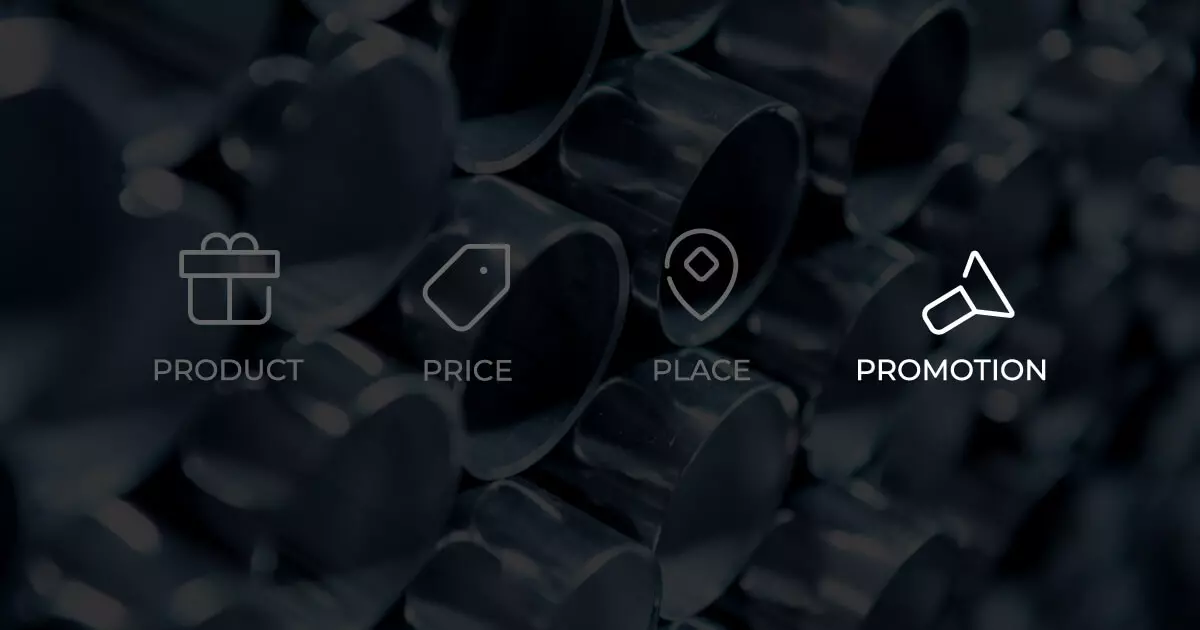From Customer to Advocate: Elevate B2B Marketing with Post-Sale Engagement

Building a solid customer base is no small feat, but transforming those customers into loyal advocates through effective post-sale engagement is where the real magic happens. Sales teams play a critical role in the post-sales process but as B2B marketers, we have unique opportunities to support and amplify these efforts.
Today, we’re going to look at how data-driven insights, targeted messaging and more can drive post-sale loyalty. Let’s dig into how post-sale engagement can help you retain customers and build lasting relationships.
Why Customer Loyalty Matters
Customer loyalty is a fundamental component of a successful business. Loyal customers are more likely to make repeat purchases, recommend your products to others and provide valuable feedback. They are, in essence, your brand ambassadors. It’s well established that even a 5% increase in customer retention can boost revenue by 25-95%, underscoring its importance in long-term business success.
Role of Post-Sale Engagement in Retention
Post-sale engagement — the activities and interactions between a business and its customers after the sale is completed — helps ensure:
- Customer retention: Satisfied customers who feel supported are more likely to remain loyal, which reduces churn.
- Increased lifetime value: When your customers are engaged, they’re more likely to buy additional products or services, leading to higher revenue over time.
- Stronger relationships: Consistent communication builds trust, positioning your brand as a partner — not just a vendor.
- Customer insights: Post-sale interactions provide valuable data, including how they use the product and what improvements products might need. Brands can use this information to guide product enhancement and development.
Strategies for Effective Post-Sale B2B Marketing
Mastering after-sale strategies can help you maximize long-term customer potential and create a compelling brand experience. Here are a range of strategies to consider:
Engaging in Ongoing Communication
Email Newsletters
A tried-and-true way to keep your customers informed and engaged, email newsletters can include updates about new products, special promotions and useful tips related to your offerings.
When it comes to email newsletters, value is everything. Your customers don’t need (or want) generic or irrelevant content. Instead, marketers should educate or inspire audiences with content that resonates. From case studies with tangible solutions to insights on emerging industry trends, the right content will remind your audience why they chose you — and why they should in the future.
📧Make your email content work smarter.
Targeted Messages
While email campaigns often take center stage in post-sale communications, you have other options to foster connections. Think about creating moments through the channels and formats that resonate with your audience. When done well, targeted messaging can help cultivate loyalty, build emotional connections and show customers they’re valued — results that simply can't be achieved with cookie-cutter interactions.
Sending a handwritten note to express gratitude for their business or congratulating them on a milestone can transform a faceless brand into one that feels human and genuine. Likewise, exclusive perks or surprise gestures, like a product sample or access to a beta feature, help make a customer feel special, understood and appreciated.
Providing Customer Support
Accessible Help Channels
Accessible help channels are the backbone of successful post-sale engagement. They provide customers with the reassurance that support is always within reach, no matter where they are in their journey with your brand.
But it’s not just about being available; it’s about meeting customers where they are and making every interaction seamless. When customers can reach your team across multiple platforms, including live chat, social media and even self-service options, they’re more likely to feel confident choosing your brand.
Marketing can support this by creating self-service options so customers can easily help themselves — think video tutorials, user cheat sheets or best practices guides. Marketing teams can also help manage and distribute interactive content like webinars or live Q&As to deepen customer understanding and build trust.
Mobile apps help meet customers where they are, too, whether it’s on the jobsite or the plant floor. For example, Hilti, a global construction tools and services leader, offers an app that allows customers to search the brand’s product portfolio, select items based on technical criteria, save items for future reference and manage purchases. This type of self-service option can help increase satisfaction and loyalty.
Proactive Follow-Ups
Demonstrate your commitment to customer satisfaction by reaching out after the sale and asking about their experience to provide help if needed. This proactive approach can prevent issues from escalating and shows you value their feedback.
As a B2B marketing team, you can leverage data and customer insights to craft a well-timed and thoughtful follow-up process that feels personal and genuine. Whether it’s a post-purchase email or satisfaction surveys, these tactics demonstrate care while keeping a dialogue open.
Building Strong Relationships
Creating a Sense of Community
When customers feel connected to something larger than a simple transaction, they shift from being just buyers to active participants in a shared mission. GE exemplifies this approach through its GE Digital Customer Center, an online forum where customers and partners engage in technical discussions, share best practices and provide feedback. By creating interactive spaces like online communities, customer advisory boards or events, brands enhance their overall experience and deepen engagement.
Social media is also a valuable community-building tool. Marketing teams can support post-sale social media engagement by creating and moderating spaces, sharing valuable content or encouraging participation. Consider posting polls, responding to customers’ posts or sharing relevant content, like case studies.
Encouraging Customer Feedback
Show customers their voices have power with an active feedback loop. When done well, this process can drive stronger customer loyalty while uncovering opportunities for innovation. Marketing teams play a crucial role in this process by:
- Identifying trends and patterns: Marketers can analyze qualitative feedback from customers to uncover themes or inform product roadmaps.
- Collaborating with relevant teams: As feedback reveals trends or opportunities, business-to-business marketing departments can act as a bridge by sharing insights with product, sales and support teams.
- Ensuring appreciation messages: Marketing teams are critical for establishing language to expresses gratitude for input and demonstrating to the customer that even post-sale, their voice matters.
Measuring Success
Key Metrics for Post-Sale Engagement
To gauge the effectiveness of your post-sale engagement efforts, it’s important to track key metrics. These may include customer satisfaction scores, Net Promoter Score (NPS) and Customer Lifetime Value (CLV). Analyzing these can help you identify areas for improvement and measure the impact of your engagement strategies.
Analyzing Customer Retention Rates
Customer retention rates are a direct indicator of the success of your post-sale engagement. Monitor how many customers are making repeat purchases and how long they stay with your brand. High retention rates suggest your engagement strategies are effective, while low rates may indicate a need for improvement.
Final Thoughts
Building customer loyalty through post-sale engagement is more important than ever. By implementing effective strategies such as ongoing communication, excellent customer support and community building, you can foster a loyal customer base that drives growth and success for your business.
Post-sale engagement can yield significant rewards. Keep refining your approach, measure your success and don’t hesitate to seek expert advice when needed. Start building those lasting relationships today and watch your brand thrive.
Reach out today to learn how we can provide B2B marketing support for post-sale engagement.
Sign Up for our Newsletter - Get agency updates, industry trends and valuable resources delivered directly to you.
Erin Michalak - Senior Vice President, Partner
Erin leads a team of account managers and strategists in directing highly relevant, strategy driven programs. With years of client-side experience, Erin naturally understands the challenges our clients face and the results they expect and need.




